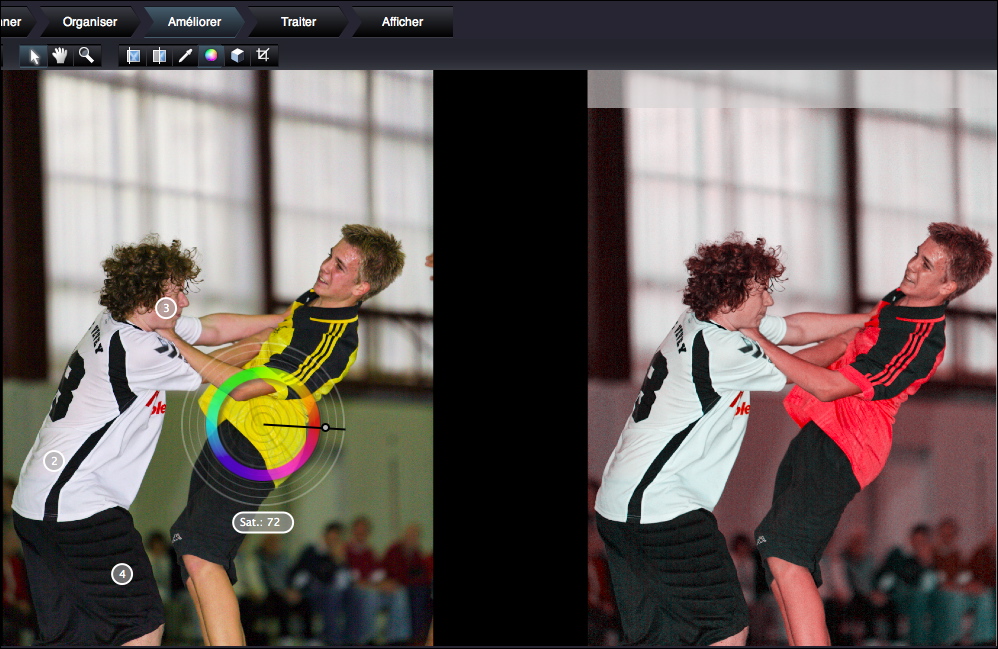

DxO PhotoLab 4 is available for 64-bit systems running Windows 10 or Mac OS. Elite offers more powerful noise-reduction, a refined clarity tool, an anti-moire tool, watermarking and multiple-exports to name a few. Digital Asset Management in Essential is limited to browsing by category. Both software offer the same core features but quite a few major ones are reserved for Elite edition. This software comes in two editions: Essential and Elite. Image processing algorithms were designed exclusively for sensors with Bayer Color-Filter-Arrays and so they rarely support Fujifilm digital cameras.


Its most capable tools are only fully functional for combinations of supported RAW files and lenses known to DxO.

The primary focus of PhotoLab remains corrective processing based on profile data. Installing PhotoLab automatically registers NIK plugins with compatible products.ĭxO PhotoLab 4 is built upon the same image processing pipeline as its predecessor version wrapped in a streamlined user-interface and newly added minimal DAM software features. Only the HDR blending software has its own standalone interface. NIK is actually a set of plugins which are still available separately from PhotoLab. This flagship software combines RAW conversion, optical correction, image processing and cataloging into a single product. These profiles gave them insight on digital camera performance that they published at DxO Mark which eventually was spun as its own separate company.Īfter acquiring NIK tools from Google, DxO merged it with Optics to create DxO PhotoLab. By necessity, the DxO produced detailed calibration profiles for thousands of combinations of digital cameras and lenses. It provided profile-driven sensor and optical correction. This relatively small company started its journey with a RAW file processing engine called DxO Optics. DxO established itself as an image processing specialist 18 years ago.


 0 kommentar(er)
0 kommentar(er)
